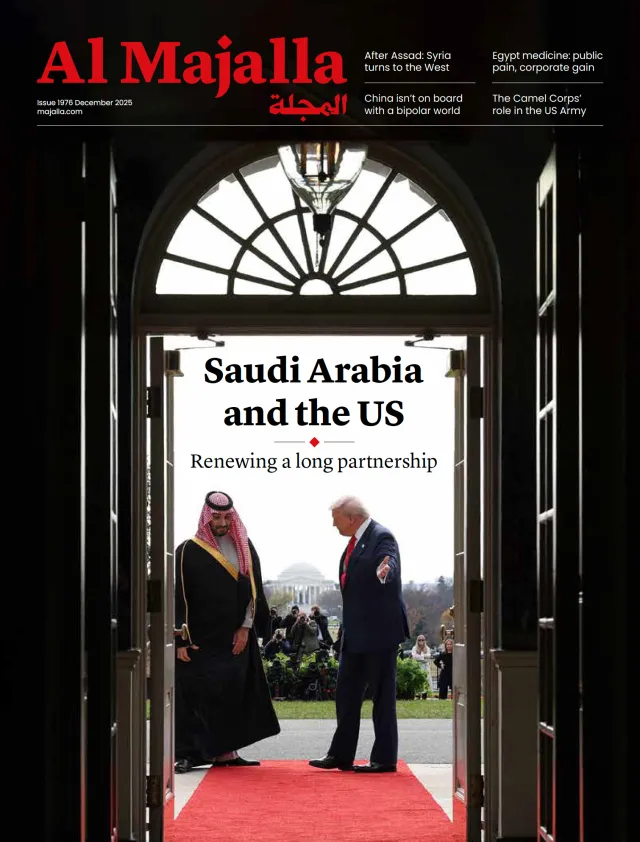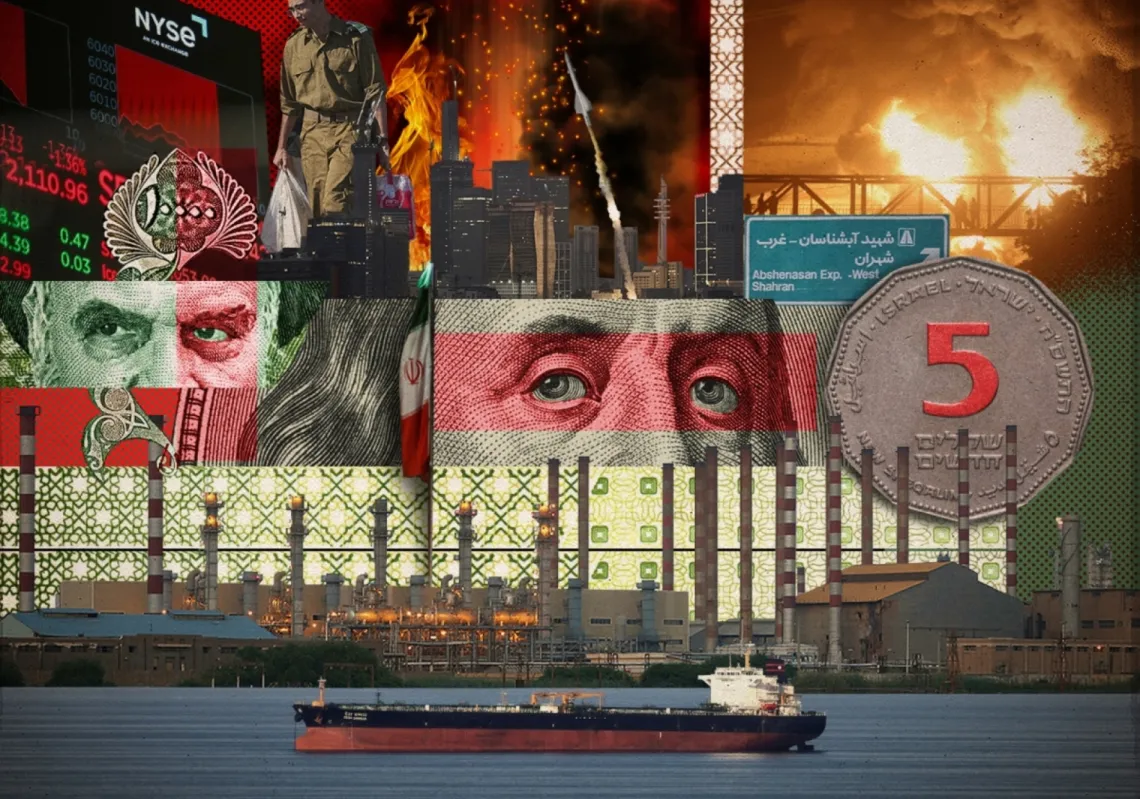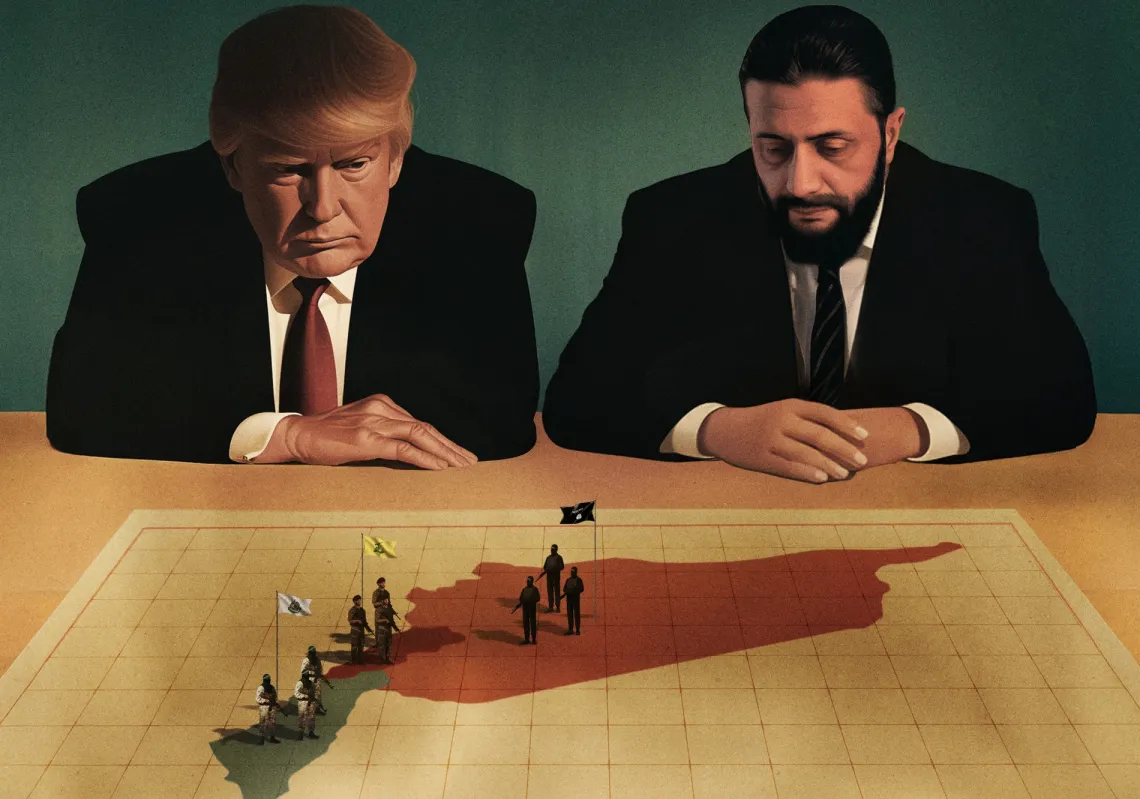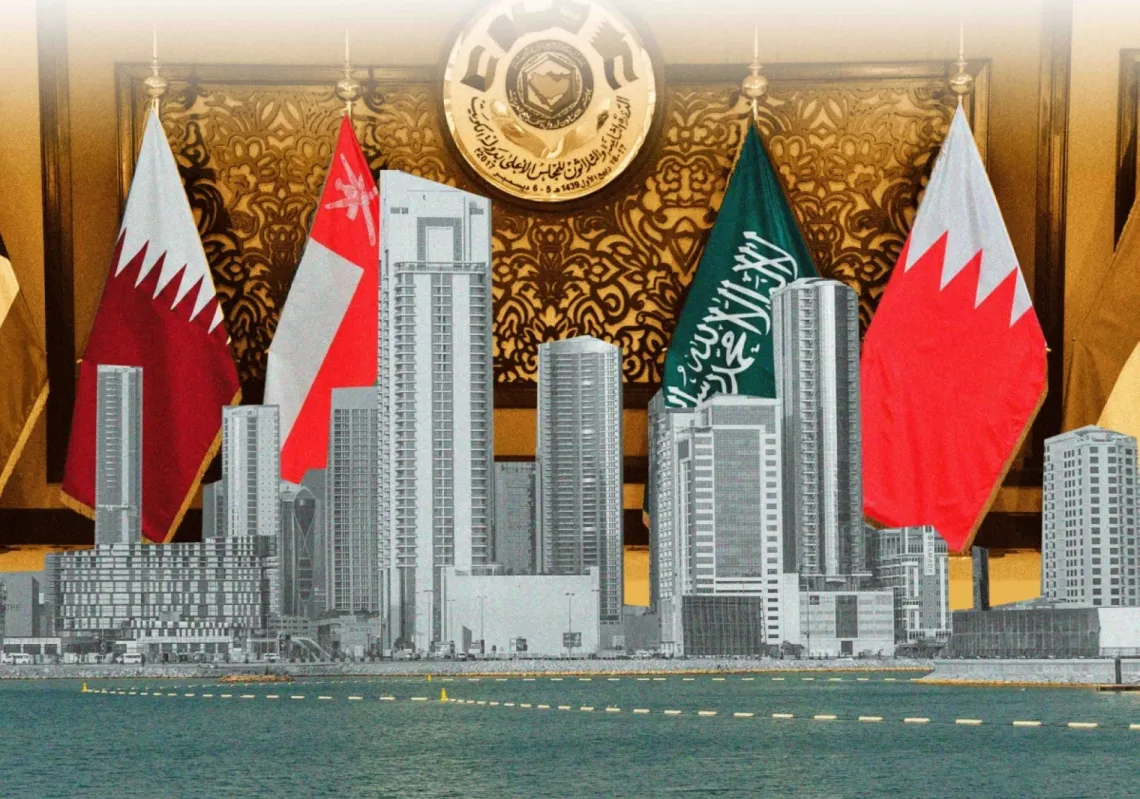The war between Israel and Iran that briefly included a US air force bombing run sent oil prices skyrocketing, disrupted global shipping routes, rattled financial markets, fuelled inflation, and put maritime trade and supply chains under further strain.
Threats to the key shipping lane through the Strait of Hormuz led policymakers around the world to reassess energy security and geopolitical risk. And while Gulf exporters saw short-term gains, oil-importing Arab states faced mounting economic pressure, with global institutions warning of prolonged instability.
Israel and Iran came to blows after Israel struck Iranian nuclear and military infrastructure and personnel on 13 June, triggering retaliatory missile salvos from Tehran. When the US got involved by bombing Iran’s Fordow underground enrichment facility, the economic reverberations were both immediate and global.
In dire straits
Of principal concern to markets was the Strait of Hormuz, a narrow waterway between Iran and Oman that is a global trade chokepoint at risk of closure by the Iranians. Few economic arteries are as vital or as vulnerable, with around 17.3 million barrels of oil passing through it every day—around 20% of global consumption.
Possible scenarios ranged from partial delays to a complete shutdown of the strait, which, even if it lasted only 72 hours, could trigger an energy shock reminiscent of the 1973 Arab oil embargo or the 1979 Iranian Revolution.

The International Energy Agency (IEA) warned of “catastrophic implications” if the Strait was forced to close, with a doomsday 30% supply disruption putting Brent crude at $150 per barrel and wiping 1.5-2% off global gross domestic product (GDP) in the second half of 2025 alone.
Threats to tankers led to insurance hikes. Lloyd’s of London syndicates adjusted premiums by up to 45% for vessels transiting the Arabian Gulf, as major shippers like NYK Line and MOL began rerouting some deliveries.
Oil catastrophising
The oil market’s reaction was swift. Brent crude surged over $8 per barrel in the days following Israel’s 13 June strikes, reaching a high above $75, while West Texas Intermediate (WTI) jumped nearly 10%, trading around $72. The premium between Brent and Dubai crude (a benchmark for Middle Eastern exports to Asia) has widened, suggesting tightening Arabian Gulf supplies and higher freight premiums to Asia.
JPMorgan Chase projected that Brent could soar to $120-$150 per barrel if tanker traffic slowed further or if hostilities expanded to threaten energy infrastructure in Iraq, the United Arab Emirates, or eastern Saudi Arabia. These price levels are historically associated with global stagflation.
Options market activity backed this up: open interest in $110-$130 call options has surged, and volatility remains elevated. Goldman Sachs noted that futures backwardation (a market condition where the future or forward price of an asset is lower than its current spot price) had steepened, pointing to tightening near-term supply.

















